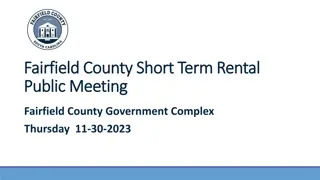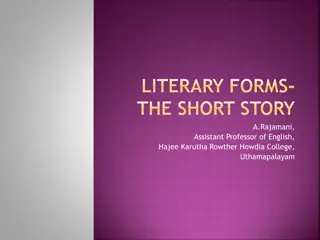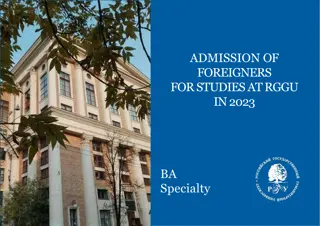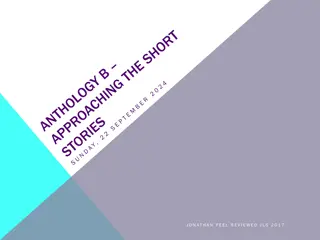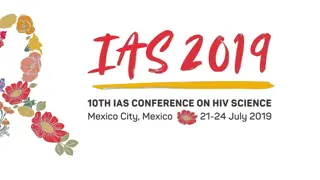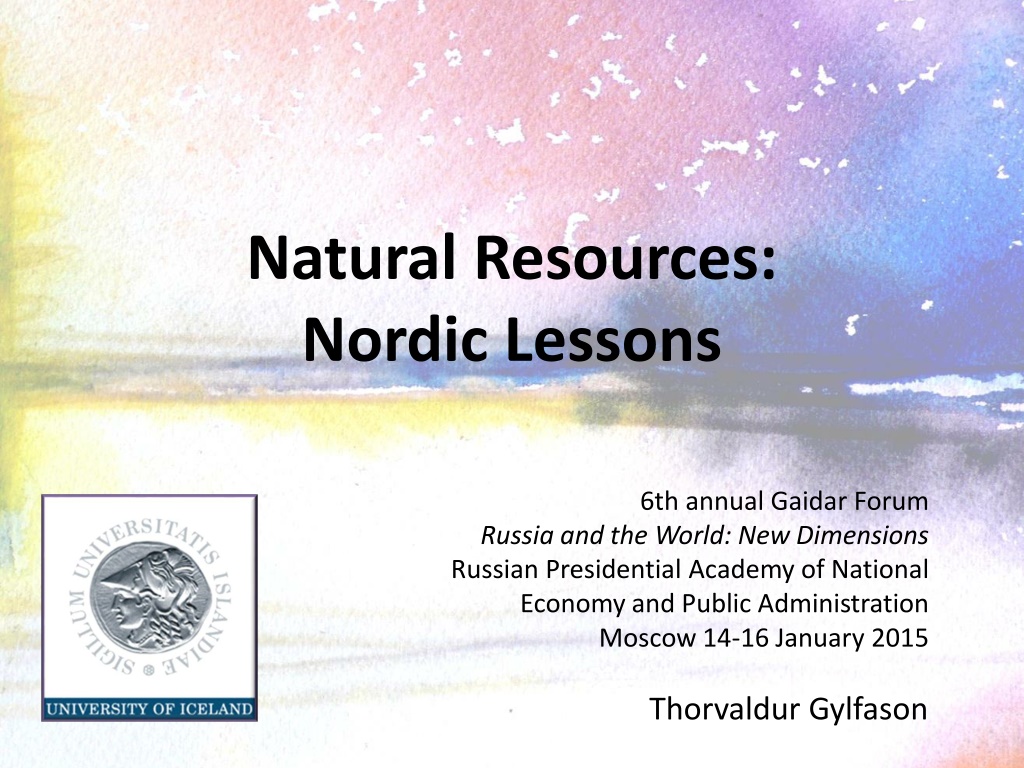
Nordic Lessons: Economic and Political Diversification for Growth
Discover how Nordic countries like Finland, Iceland, Norway, and Sweden have harnessed their natural resources by prioritizing human capital and diversification strategies. Explore the benefits of economic and political diversification, leading to sustainable growth and democracy. Learn from the progress of democracy across continents and the evidence linking diversification to economic advancements.
Download Presentation

Please find below an Image/Link to download the presentation.
The content on the website is provided AS IS for your information and personal use only. It may not be sold, licensed, or shared on other websites without obtaining consent from the author. Download presentation by click this link. If you encounter any issues during the download, it is possible that the publisher has removed the file from their server.
E N D
Presentation Transcript
Natural Resources: Nordic Lessons 6th annual Gaidar Forum Russia and the World: New Dimensions Russian Presidential Academy of National Economy and Public Administration Moscow 14-16 January 2015 Thorvaldur Gylfason
Natural Resources in Nordic Countries Finland, Iceland, Norway, and Sweden have all benefited from their natural resources Finland and Sweden outgrew their dependence on natural resources Norway has managed its oil exceptionally well Yet, what made the Nordics rich was not so much their natural resources as their use of human capital to harness their natural wealth Need to diversify by converting natural resources into human resources and social capital
Nordic Countries Benefited from Double Diversity Economic diversification (acquired) Spurs growth by attracting economic activity from excessive reliance on primary production in agriculture or natural-resource-based industries Political diversification (inherited from past) Spurs growth by redistributing political power from narrowly based ruling elites to the people, often replacing an extended monopoly of power by democracy, encouraging widely shared education Two sides of same coin: Diversity pays
Evidence: From Economic and Political Diversification to Growth From Diversification to Growth From Democracy to Growth 12 12 Log of GNI per capita 2012 (USD, ppp) 11 11 10 10 9 9 8 8 7 7 y = 0.0271x + 7.8447 R = 0.3362 y = 0.1194x + 8.7105 R = 0.3064 6 6 5 5 0 20 40 60 80 100 -10 -8 -6 -4 -2 0 2 4 6 8 10 Manufactures exports 1962-2012 (% of total) Democracy 1960-2012 (from -10 to 10)
Progress of Democracy Europe 1943: Five democracies Now: Full house Africa 1960-1990: Five or less democracies Now: 17 democracies South America (Spanish or Portuguese) 1961: Three democracies out of ten Now: Eight out of ten
Progress of Diversification 100 East Asia & Pacific (all income levels) Manufactures exports (% of total) Europe & Central Asia (all income levels) 90 Latin America & Caribbean (all income levels) Sub-Saharan Africa (all income levels) 80 70 60 50 40 30 20 10 0 Source: World Bank, World Development Indicators.
Photograph:Vladimir Putin, 2005. The Risks Are Real Rent seeking often results in conflict, corruption, economic stagnation, oppression, lack of democracy Dutch disease through overvalued and volatile currencies tends to stifle exports like undervalued currencies simulate exports (e.g., China) False sense of security breeds neglect of human resources and social capital via education and institution building, including governance and democracy
Natural Resources and Human Rights Natural resources belong to the people A people s right to their natural resources is a human right proclaimed in international law and enshrined in many national constitutions but they may challenge democracy Low taxes and generous transfers and subsidies, even if they amount to only a small fraction of each citizen s fair share of the nation s oil wealth, tend to weaken popular demand for democracy
Democracy and Good Governance Norway was a fully fledged democracy long before its oil discoveries Oil wealth has never been a source of conflict between haves and have-nots Norway has no oligarchs Norway s Ten oil commandments lay down ethical guidelines for oil wealth management Good governance can be an effective remedy against rent seeking
Sovereign Wealth Fund From day one, Norway s oil and gas reserves were defined by law as common property resources, clearly establishing the legal rights of the Norwegian people to the resource rents On this legal basis, government has absorbed about 80% of the resource rent over the years Oil Fund (Pension Fund): USD 850 billion Managed by independent Central Bank Norway resisted temptation to use too much of its oil wealth to meet current needs
Step by Step No one-size-fits-all blueprint is available to guide resource-rich countries to a sustainable path of successful economic diversification from natural to human and social capital No blueprint exists for sequencing of actions Better, perhaps, to seek path of least resistance and climb the ladder rim by rim by boosting Trade and investment, domestic and foreign Education and infrastructure, including institutions THE END



